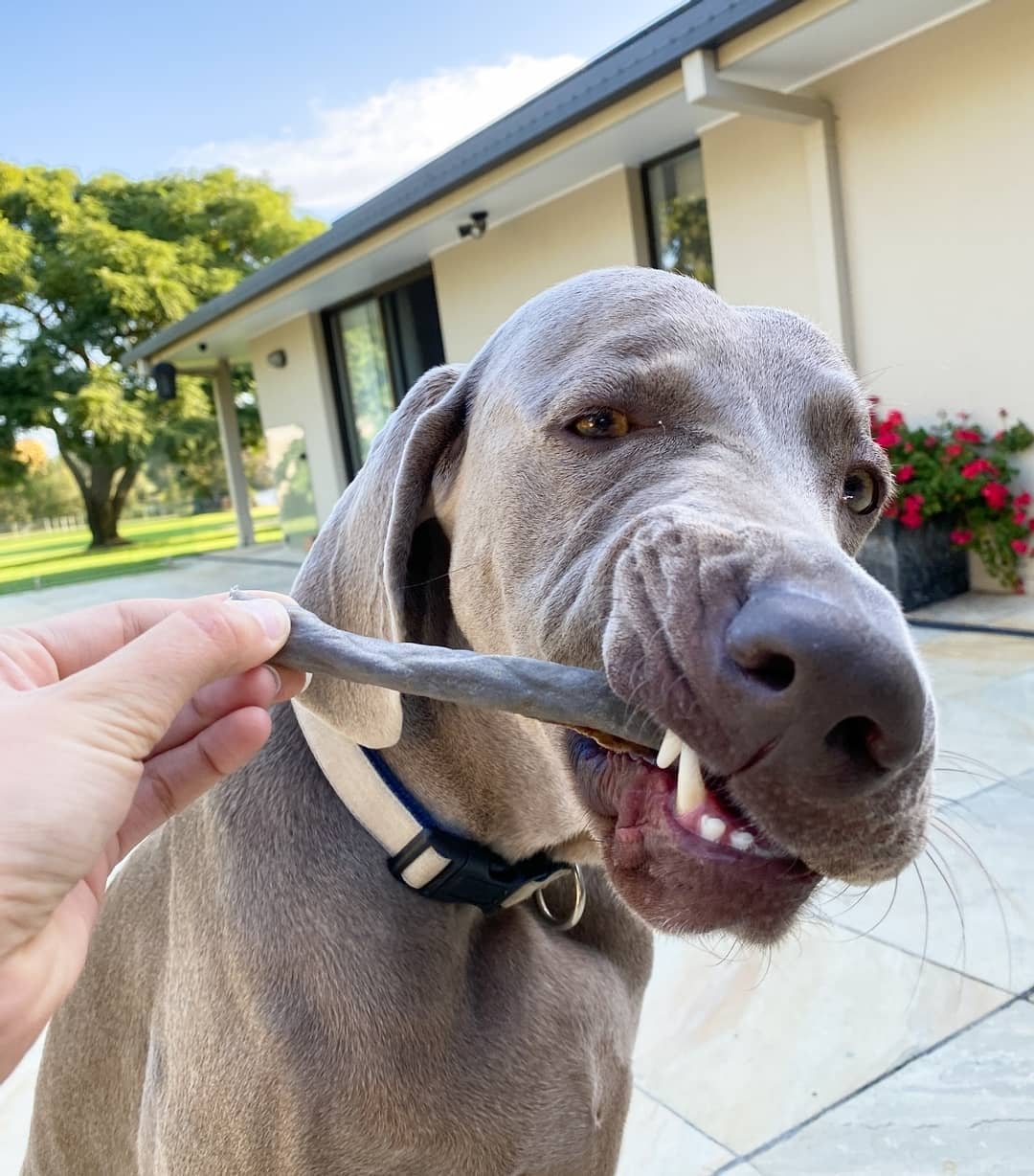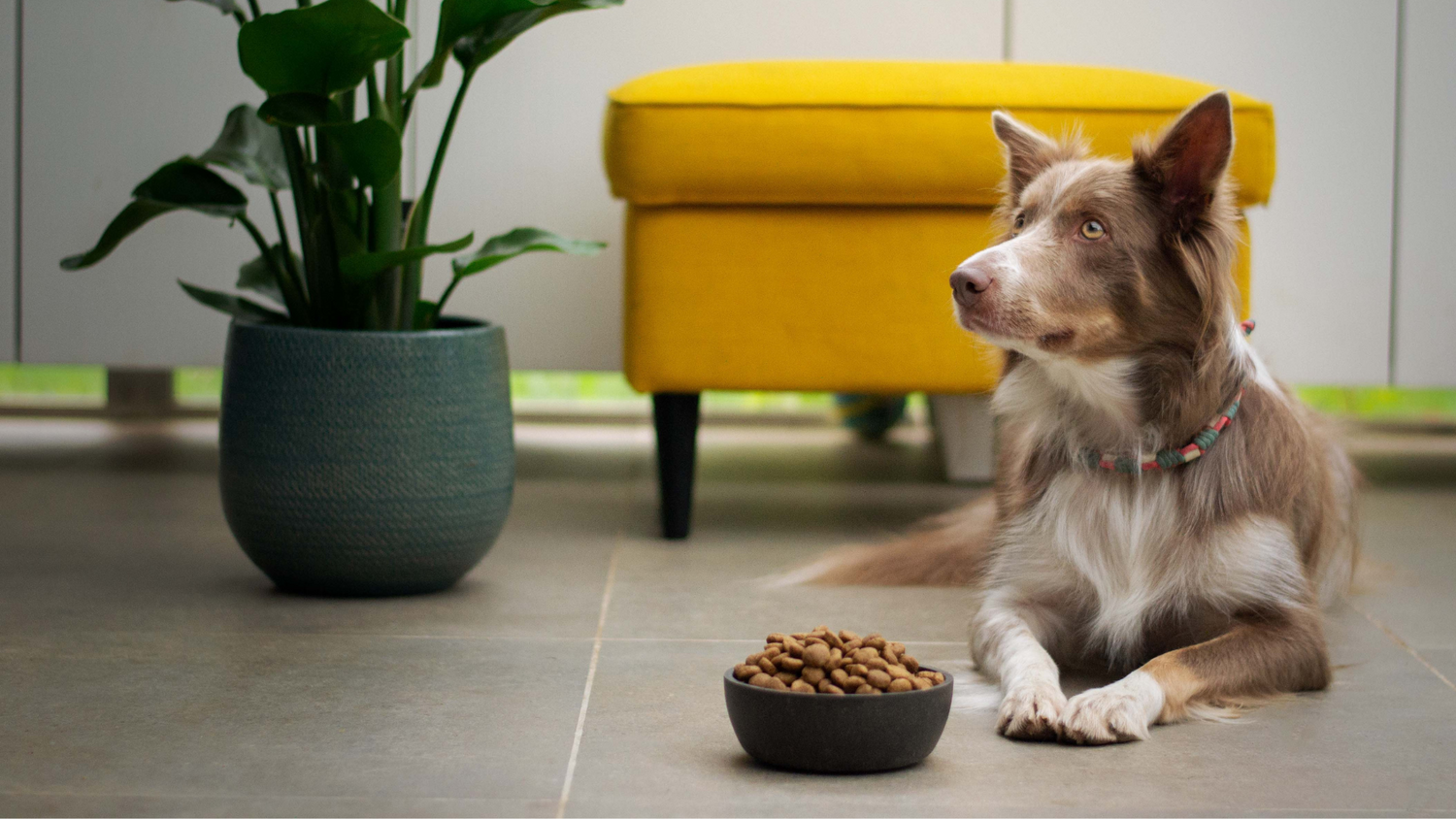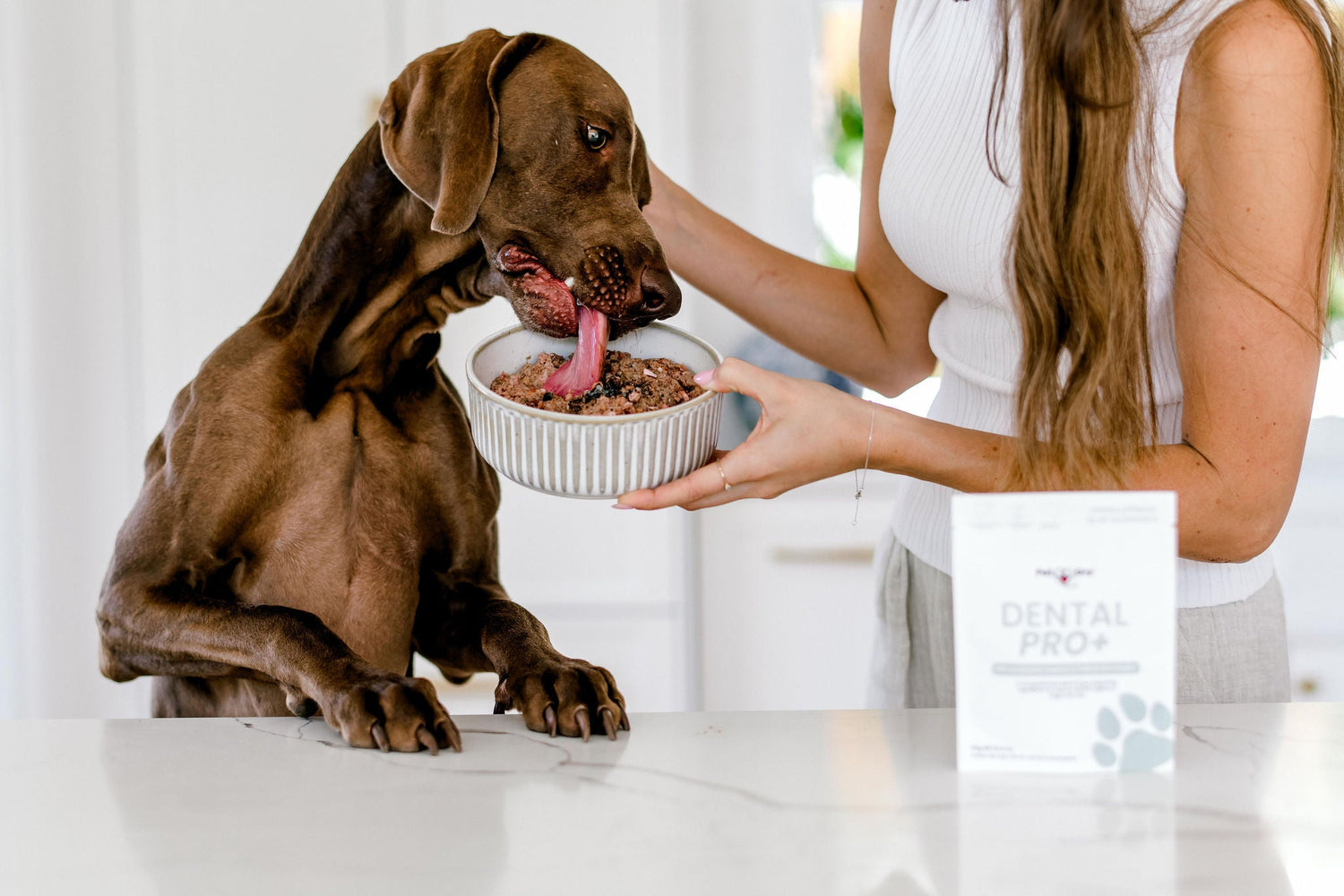When we think about anxiety, we often focus on humans, not dog anxiety. But our furry companions can suffer too—anxiety is a real and serious condition that impacts a pet's wellbeing just as much as physical illness. If left untreated, anxiety in dogs can lead to behavioural issues, physical symptoms, and even long-term emotional distress.
Surprisingly, dogs experience emotions in ways strikingly similar to humans. A study conducted by Emory University in 2013 found that the canine brain processes emotions in a way that closely mirrors our own, especially when it comes to bonding and love. This means dogs can suffer from anxiety, depression, and stress, but unlike us, they can’t communicate it with words.
Unfortunately, our pets can’t tell us how they’re feeling; however, there are some signs that can let their humans know something is wrong. Here are a few ways that mental health issues can manifest in dog behaviour:
Recognising the Signs of Dog Anxiety
Because our pets can’t tell us how they’re feeling, it’s crucial to spot the signs early. Common symptoms include:
- Aggression or possessiveness: While often mistaken for poor training, some aggressive behaviours can be driven by underlying anxiety or fear, especially if your dog feels insecure or threatened in their environment.
- Destructive behaviour: Dogs with separation anxiety or excess energy may chew furniture, dig, or destroy objects around the home.
- Withdrawal or lack of interest: A dog that avoids playtime, ignores their toys, or loses interest in food may be experiencing stress or depression.
- Anti-social behaviour: Dogs are naturally social creatures. If they’re suddenly hiding away or avoiding interaction, anxiety may be the culprit.
- Excessive vocalisation: Barking or howling—especially when left alone—is often a telltale sign of separation anxiety.
- Digestive upset: Vomiting or diarrhoea can be caused by stress-related changes in the gut.
What Causes Dog Anxiety?
There are several factors that can trigger anxiety, and it often stems from a mix of environmental and emotional triggers. The most common causes include:
- Age-related anxiety – Dogs experiencing cognitive dysfunction as they age may become confused or fearful.
- Fear-based anxiety – Loud noises, strange objects, or unfamiliar people can all create fear and stress.
- Separation anxiety – Dogs are pack animals, so being left alone can be distressing.
A 2019 study published in Scientific Reportsfound that dogs living with chronically stressed humans show elevated cortisol levels themselves—suggesting that dogs really do absorb our emotional states. This makes managing your own stress an important part of helping your dog feel safe.Other common triggers for dog anxiety include:
- Loud environments – Fireworks, construction noise, or thunderstorms can overwhelm a dog’s sensitive hearing.
- Moving or relocation – New surroundings can be disorienting and stressful.
- Change in routine – Dogs thrive on routine, so changes like going back to work or longer absences can trigger anxiety.
- New people or pets – Meeting strangers or unfamiliar animals may provoke fear in more anxious dogs.
How to Help a Dog With Anxiety
Thankfully, there are many natural and practical ways to ease anxiety and support your pet’s mental health.
1. Regular Vet Check-Ups
Mental health is often closely linked to physical health. A vet can rule out underlying medical issues and offer guidance on behavioural changes or supplement support.
2. Daily Exercise & Enrichment
Physical activity is one of the best remedies for anxiety. Long walks, playtime, and mental stimulation (like puzzle feeders and snuffle mats) can significantly reduce stress. Dogs with excess energy often develop behavioural issues, so tiring them out physically and mentally is key.
3. Create a Safe Environment
Some dogs feel safer with their own space, especially if they’re overwhelmed by young children or other pets. Crate training can be a comforting tool to create a calm, secure space.
4. Show Love & Comfort
Spend quality time cuddling, petting, or massaging your dog. Physical affection can release feel-good hormones that reduce dog anxiety and improve your bond.
5. Music Therapy
Calming music, like harp melodies or classical tunes, has been shown to reduce stress levels in dogs (source). Try leaving soothing music on when your dog is alone to help them feel more relaxed.
6. Mind Your Own Stress Levels
Because dogs mirror human emotions, your stress could be making theirs worse. Practising mindfulness and self-care not only benefits you, but it also helps create a peaceful home for your dog.
7. Natural Supplements for Dog Anxiety
Natural remedies can be a safe and effective addition to your dog’s anxiety management plan. The Nourish Pet Co. Stress & Anxiety Supplement is formulated by a naturopath and vet to support emotional wellbeing using proven, pet-safe ingredients:
- L-Tryptophan – A natural amino acid that boosts serotonin production, promoting calmness and improved sleep.
- L-Theanine – Found in green tea, this amino acid helps reduce anxiety and support brain function.
- L-Glutamine – Known for supporting gut health, it also has calming effects on the nervous system.
- Magnesium – Plays a crucial role in mood regulation and nervous system health.
- GABA – A neurotransmitter that relaxes the nervous system and helps prevent over-excitability.
- Vitamin B Complex – Supports healthy brain function, mood balance, and energy levels.
Final Thoughts on Dog Anxiety
Dog anxiety is more common than many pet parents realise. By recognising the signs and taking proactive steps—whether through routine, training, supplements, or vet guidance—you can greatly improve your dog’s quality of life. Mental wellness is just as important as physical health, and your dog depends on you to help them feel safe, calm, and loved.






